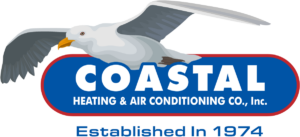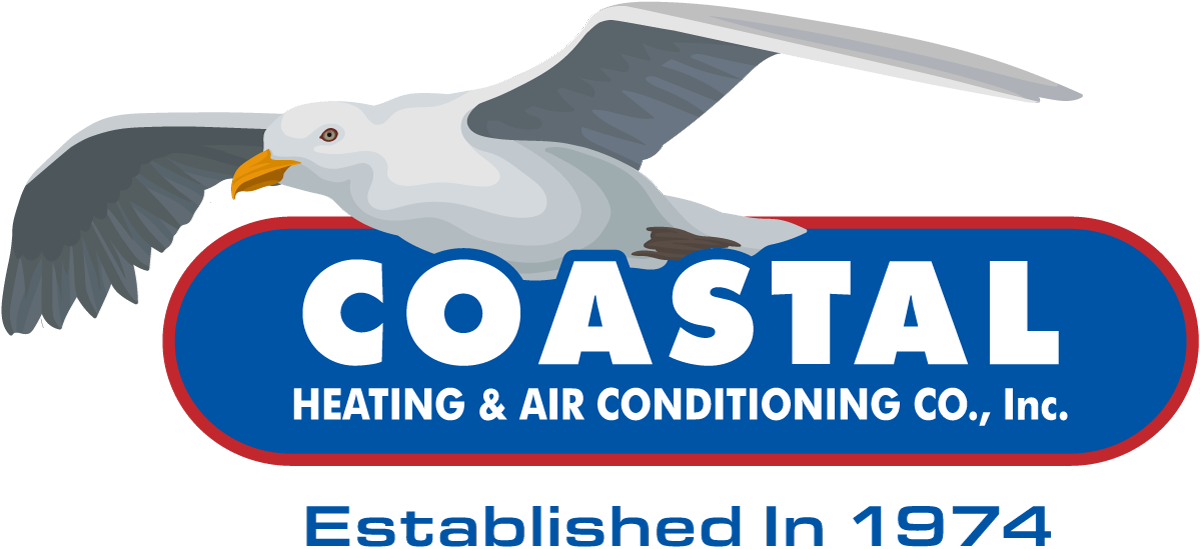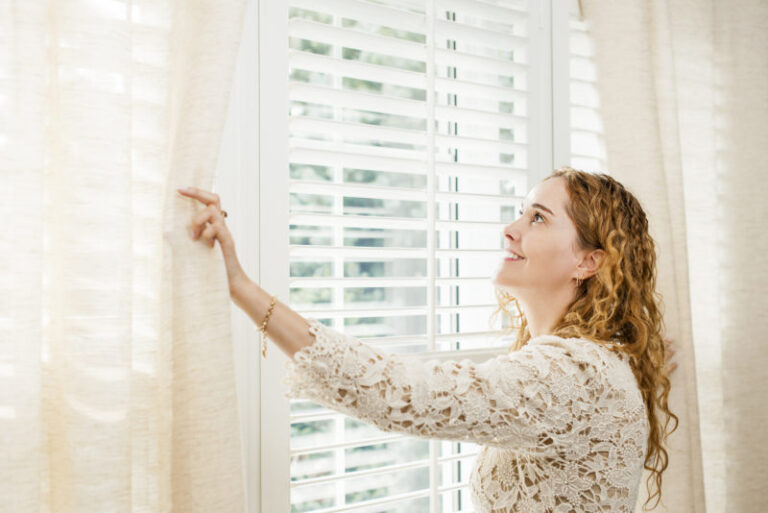Modern homes are designed with efficient insulation and sealing. As a result, they have a tight envelope that improves energy efficiency and keeps your conditioned air inside. While this can minimize your utility expenses, it’s not without its problems. You must balance home sealing with ventilation. Here are some do’s and don’ts of ensuring you have proper home ventilation:
Do Seal Your Home Well
A well-sealed home is the key to good energy efficiency. If air can seep out through windows, doors, and cracks in the walls, you’ll find you’re paying for more heating and cooling than you actually use. Install weatherstripping beneath windows and doors. Seal cracks around non-moving parts with caulk. Make sure you have appropriate insulation in your walls to keep your heating and cooling confined to the home and prevent it from escaping to the outside.
Don’t Forget Whole-Home Ventilation
The unfortunate side effect of a well-sealed home is a stagnant, polluted space. If air is never allowed to circulate out of the house, you’ll breathe the same air again and again. Indoor pollutants will build up, worsening your indoor air quality. You can quickly remedy this problem with a whole-home ventilation system. This manages home ventilation, bringing fresh air in from outside and venting your stale indoor air.
Do Include Attic Vents Above Insulation
For the best energy efficiency, your attic should include both insulation and air vents. The insulation will keep heated or cooled air trapped below in your living space where you want it. Meanwhile, adequate venting will prevent the attic from becoming too warm. In winter, a cooler attic is more efficient for preventing ice dams because it keeps the roof cool. In summer, allowing a fresh breeze to pass through the attic will keep the roof from over-heating.
Failure to vent the attic will create a moist, sweltering space. This encourages microbial growth and ultimately invites more damage to your roof.
Don’t Over-Vent
Your attic only needs one square foot of attic ventilation for every 300 square feet of ceiling space. You may think that adding more vents will only improve air flow in this area, but overdoing it is a mistake. If there’s too much ventilation, you may have more than just a gentle breeze in your attic. A stronger wind can disrupt and damage your attic insulation. Excess ventilation also invites roof damage, as it lowers the stability of your roofing.
Do Use Exhaust Fans
Exhaust fans are an essential feature in any area with high humidity. You’ll typically want one in each bathroom and at least one in the kitchen. You should turn these exhaust fans on anytime you’re doing something that generates moisture, such as taking a shower or cooking on the stove top. This will pull moisture out of the home, preventing problems with condensation, which are common in well-sealed homes.
Don’t Vent the Fans Back into the House
Make sure every exhaust can in your home has an exterior vent. If these fans vent anywhere other than the outside of the home, they’re not really removing moisture – they’re simply moving it. If your exhaust fans keep moist air in the home, they may cause microbial problems elsewhere in the house where they’re more difficult to see or remedy. Update your exhaust fans for exterior ventilation to properly push hot, humid air out of the home.
If you need help improving your home ventilation, check out our indoor air quality solutions. We have smart products that will keep your home healthy so you can manage moisture, vent polluted air and boost your energy efficiency. Give Coastal Heating & Air Conditioning Co., Inc. a call today to learn more about our ventilation services and solutions.



